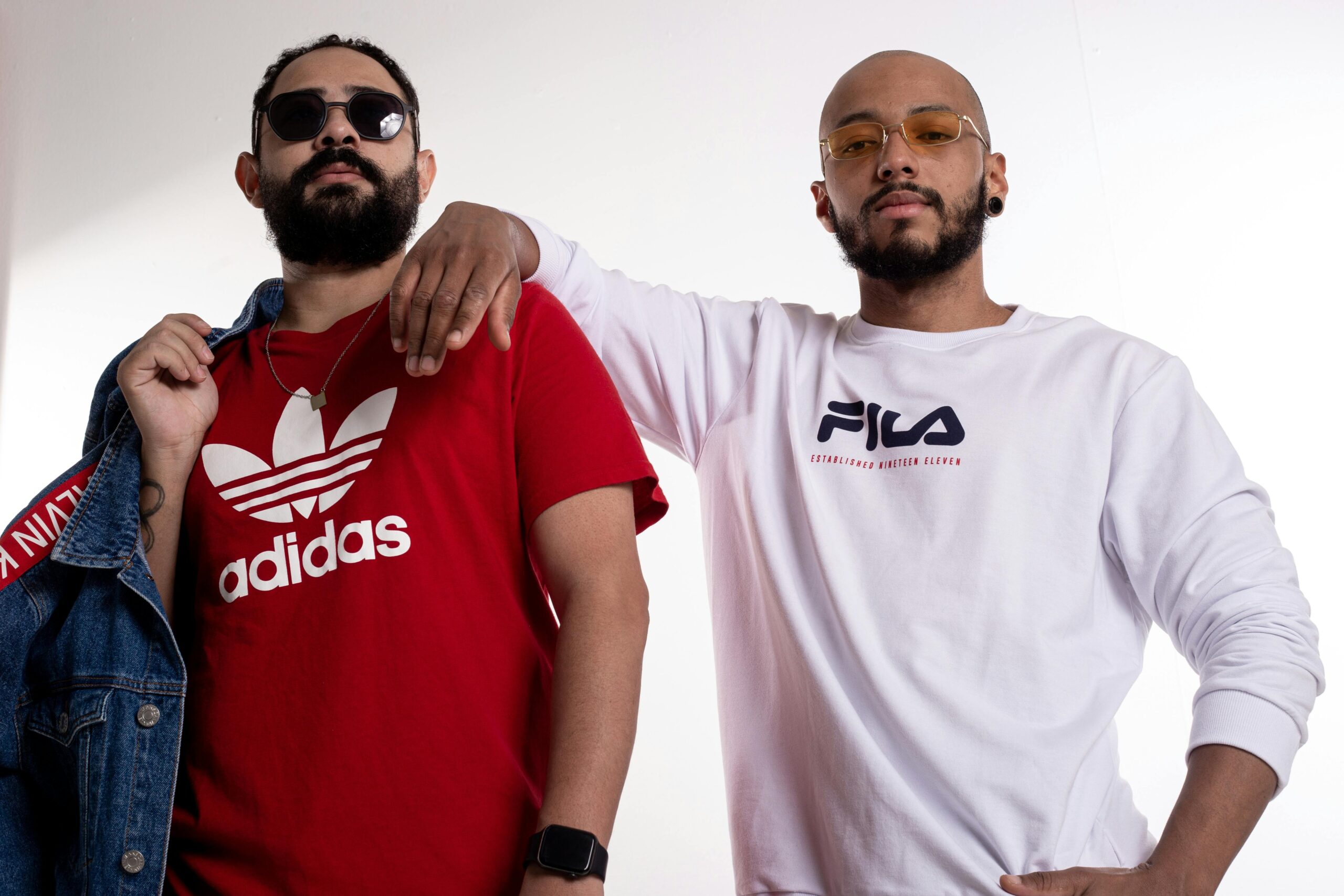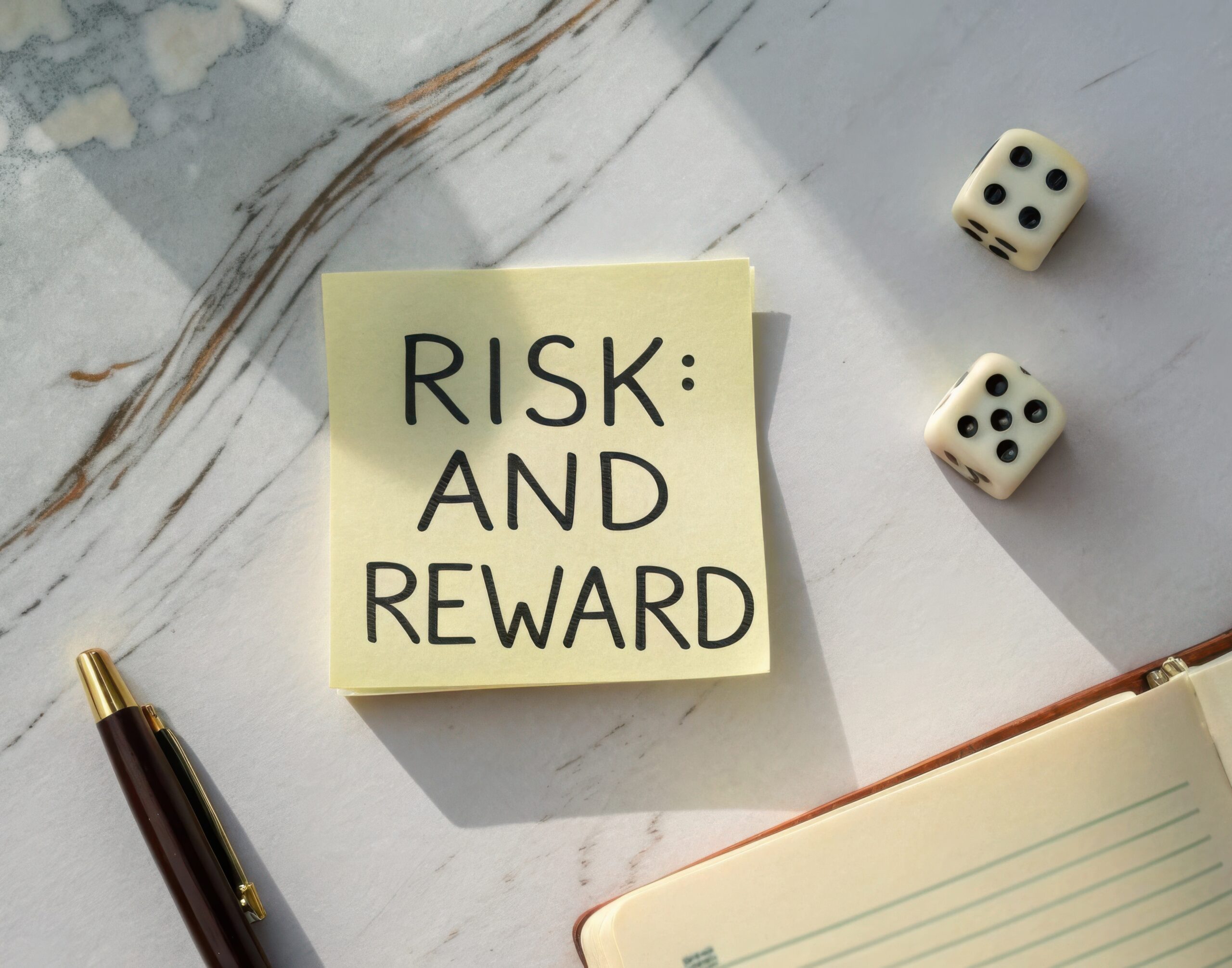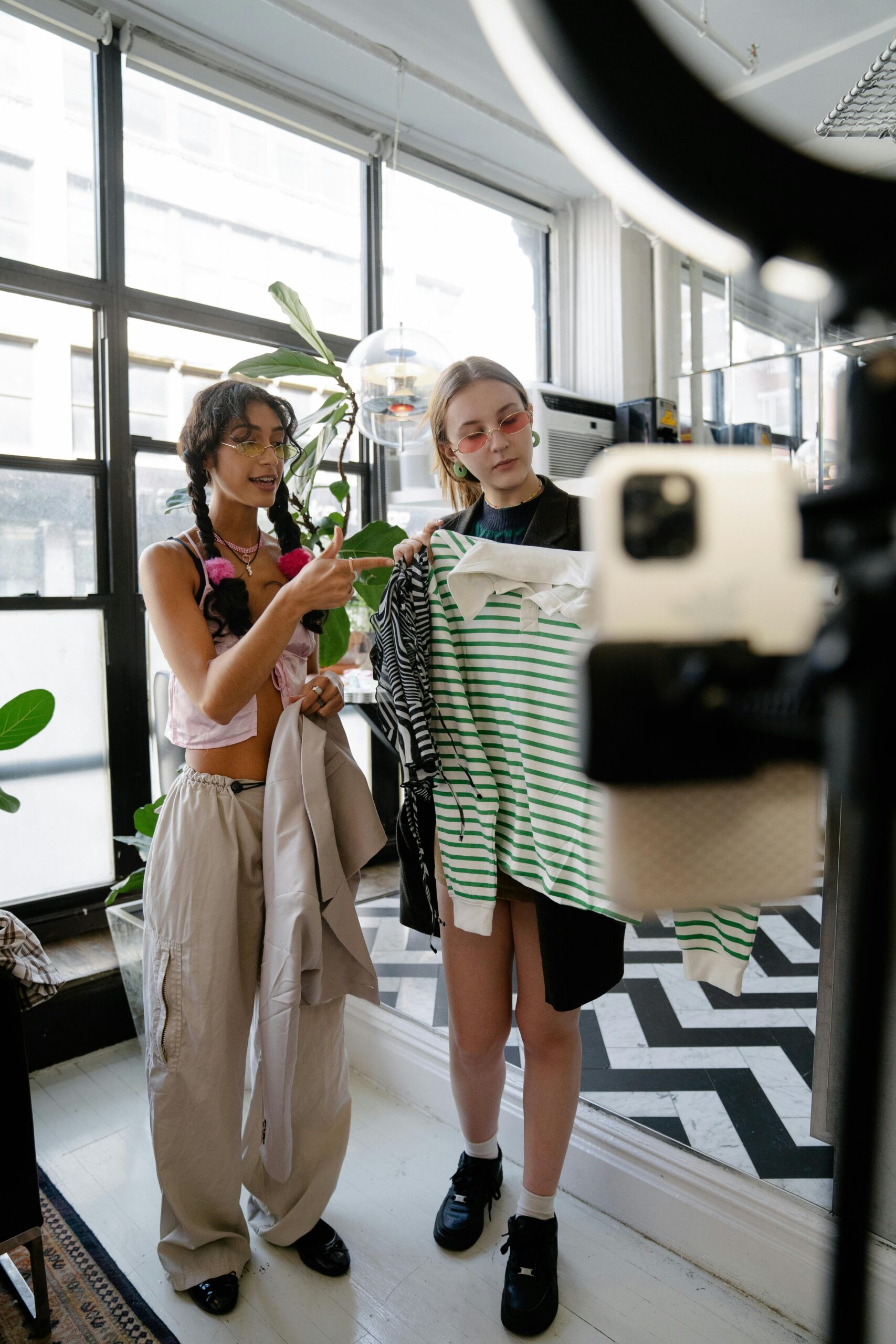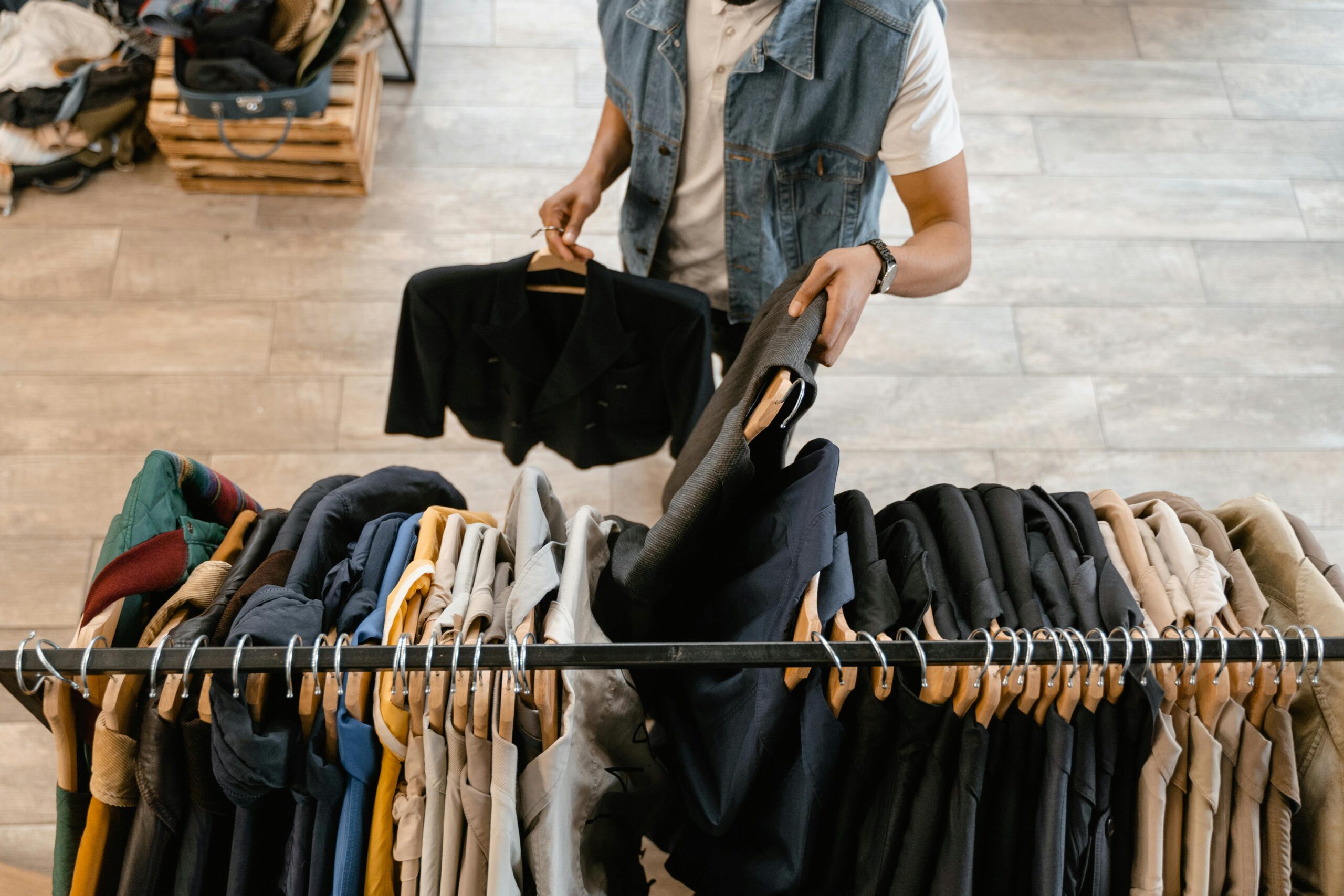Exploring the fascinating dynamics of brand licensing within the fashion industry, this thought leadership piece delves into how licensing can serve as a strategic pathway to growth. This discussion stems from a recent episode of the Clothing Coulture podcast, where hosts Bret Schnitker and Emily Lane unpack the power of licensing. With insights gathered from industry experts, we uncover the role of licensing, the risks involved, and how to navigate this complex landscape effectively.
 Understanding Apparel Licensing
Understanding Apparel Licensing
Apparel licensing is a crucial strategy within the fashion industry, offering a pathway for brands striving to reach new markets and audiences. As highlighted by Bret Schnitker, licensing allows brands to leverage their established name in the market across different product categories without directly managing each one. “Licensing can help brands enjoy the benefits of expanded brand awareness and drive business by utilizing their name on various products,” Schnitker explains.
Brands may choose to license parts of their business for several reasons, ranging from a desire to expand into new categories, such as a hot apparel company diving into footwear or fragrance, or even seeking financial gains before the brand life cycle ends. Schnitker emphasizes that licensing enables brands to generate revenue while remaining true to their core focus — a strategic avenue for both licensees and licensors.
The Risks and Rewards of Licensing

Licensing, while lucrative, bears its own set of risks. Emily Lane echoes a critical concern when she questions, What are risks and benefit to taking on a license? In response, Schnitker outlines how companies benefit differently by strategically collecting brands and understanding the specifics of a brand’s life cycle or market position. The conversation underscores the significance of performing due diligence to ensure demand aligns with expectations. According to Schnitker, “The real risk is not understanding the demand or why a category is opened for a license.”
The inherent risk for licensors is the potential degradation of brand equity if a misstep occurs. “Retailers are like elephants. They never forget,” Schnitker warns. A history of poor sales or quality issues can taint a brand long after a licensee relationship ends. Additionally, the need for strict brand guidelines to ensure consistency and protect brand equity further underscores the intricate balance between brand expansion and preservation.
 Influencer Impact and Industry Evolution
Influencer Impact and Industry Evolution
In a market constantly reshaped by social media influencers, licensing has seen new opportunities and challenges. Historically, influencer endorsements were seen as a powerhouse for driving business. However, as Schnitker points out, not all influencer licensing deals ensure success. He notes, “An influencer’s misstep can bring the entire infrastructure to collapse,” indicating the volatility associated with attaching a brand to a personality.
This dynamic represents an evolution, where initial enthusiasm for influencers morphed into more cautious, strategic partnerships. Influencers yield immense potential when aligned with a brand’s core values, yet they carry unique risks due to the unpredictability of personal brands. As such, fashion companies are increasingly judicious in weighing the benefits of influencer collaborations against the ever-present uncertainties.
Embracing the Complexity of Brand Licensing
Licensing within the fashion arena is an ever-evolving strategy that requires sharp due diligence and market awareness. With the right approach, as Schnitker and Lane articulate, brands can successfully expand product lines and markets, leveraging new revenue streams while maintaining core brand equity. Licensors must remain vigilant and discerning to avoid over-licensing beyond their operational capabilities, which can dilute brand potency or generate unfavorable market perceptions.
The discourse in licensing emphasizes the growing need for strategic foresight — understanding market dynamics, potential gaps, and leveraging opportunities presented by new market trends like influencer partnerships. Each decision encapsulates a broader dialogue about market needs and brand positioning. Only through rigorous analysis, strategic partnerships, and well-informed licensing agreements can brands and licensees harness the full potential of licensing as a dynamic tool for growth in the fashion industry.
 About Stars Design Group: Founded by industry experts, Stars Design Group global fashion design and production house that helps clients bring their apparel to market. We consult, design, and facilitate production and delivery.
About Stars Design Group: Founded by industry experts, Stars Design Group global fashion design and production house that helps clients bring their apparel to market. We consult, design, and facilitate production and delivery.
Understanding that the apparel industry is about evolution and not revolution, we continue to refine the way the industry does business. Embracing the latest 3D design and development software, we help to refine the design and approval process in a digital landscape, paving the way for rapid decisions and execution of programs while reducing mistakes, improving fit, minimizing returns, and increasing profit margins.
With a network of 67 factories in 14 countries worldwide, our relationships are generations deep. Being diverse in our manufacturing locations, we are nimble in an ever-evolving landscape and provide ethically manufactured apparel and accessories.

